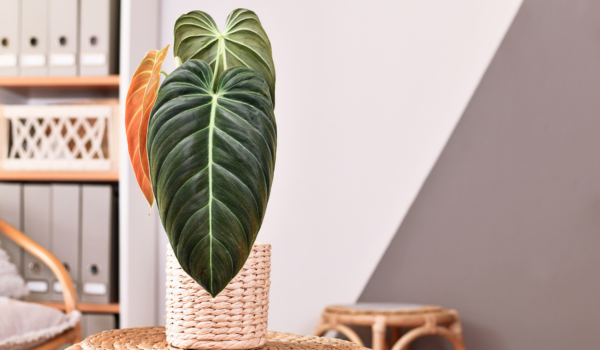Reach out here
0432883965 info@greenmyspace.com.au

Why You Should Continue to Fertilise Your Indoor Plants Over Winter
As winter sets in, many plant owners might think it's time to reduce their plant care duties, including fertilisation. However, this season does not signal a break for all indoor plants, especially those from tropical environments.
Understanding Indoor Plant Needs During Winter
Unlike their outdoor counterparts, many indoor plants originate from tropical regions where conditions remain warm and humid year-round. These plants are accustomed to consistent growth, owing to stable temperatures and consistent low light conditions. Indoors, they benefit from our heated homes and ‘bright indirect light’, which mimics their natural habitats. Thus, they do not typically enter a dormant winter phase and continue to require nutrients to maintain optimal health.
The Importance of Continuous Nutrition
As most tropical indoor plants experience year-round growth, the notion that plants need a rest period during winter doesn't apply uniformly, especially for these species. While growth may slow due to cooler indoor temperatures and reduced daylight, tropical indoor plants still engage in vital processes that require nutritional support. Providing them with essential nutrients during winter helps maintain their health and prepares them for more vigorous growth in spring.
Root Activity and Nutrient Absorption
Below the soil surface, roots often remain active year around, absorbing nutrients and strengthening the plant’s foundation. This underground activity is crucial as it helps the plant build up reserves and recover from any stress experienced during the warmer months. Ensuring that your plants have access to nutrients in winter supports these vital processes, setting the stage for healthy foliage and robust growth in the future.
Strategies for Winter Fertilisation
During the colder months, plants focus on conserving energy and increasing their nutrient storage. This build-up of resources is essential for supporting the initial burst of growth seen in spring. A lack of adequate fertilisation during winter can lead to nutrient deficiencies, which may not become apparent until it is too late to correct in the growing season, potentially impacting the plant’s health and growth.
We advise that you adjust your fertilisation strategy during the winter months by reducing the fertiliser concentration but maintaining regular application. In our warm and humid grow room with artificial light, we fertilise using GT complete focus at a concentration of 5 ml/litre of water all year around. In our showroom space that gets natural light only, experiences cold nights through winter, and regular household humidity, we fertilise over winter at the same frequency but reduce the concentration to approx. 2.5 ml/litre of water. This approach helps avoid nutrient burn while continuing to support the plant’s reduced growth rate over winter without overfeeding.
